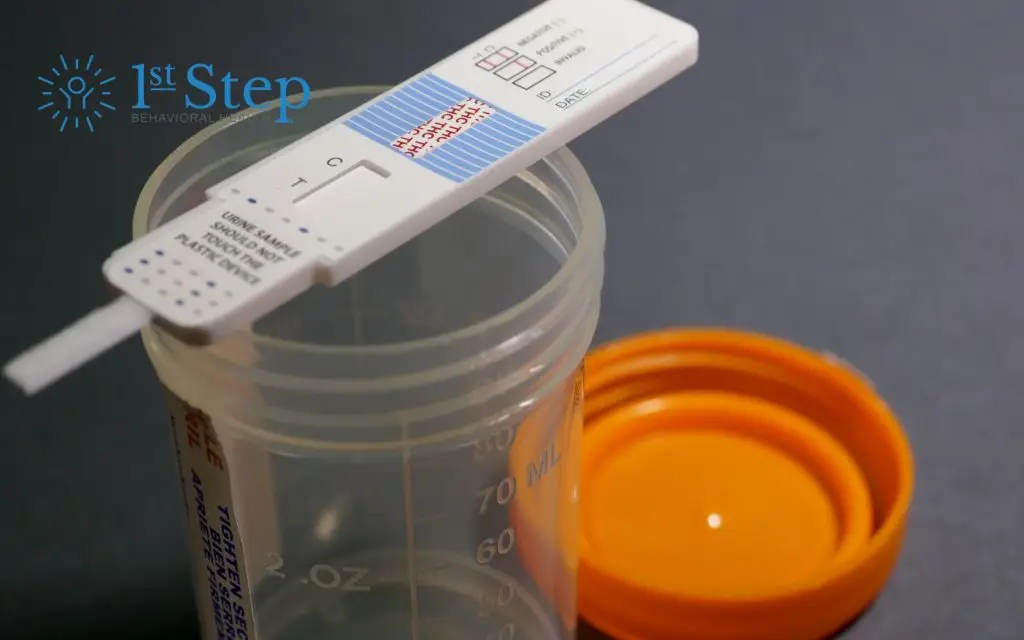When facing drug addiction—whether personally or with a loved one—one of the most common, practical questions is: How long does crack cocaine stay in urine? Knowing this can help inform decisions about treatment, recovery timelines, and testing windows.
In this guide, we’ll take a clear and evidence-based look at how long crack can be detected in urine, what factors affect this window, and what you should know if you or someone you care about is navigating the road to recovery.
What Is Crack Cocaine?
Crack cocaine is a highly addictive stimulant derived from powdered cocaine. It’s processed with baking soda or ammonia to create a solid “rock” form that is typically smoked. When smoked, crack delivers a fast, intense high—often within seconds—but the effects wear off quickly, leading to frequent use and a high potential for addiction.
According to the National Institute on Drug Abuse (NIDA), nearly 1.3 million people in the U.S. reported using cocaine (including crack) in the past month as of 2022. It remains one of the most commonly used illicit substances in the country, particularly in underserved urban areas where it has historically caused significant harm to communities.
Detection Time: How Long Crack Stays in Urine
Crack cocaine has a short half-life—around 15 minutes to 1 hour—but the substance is metabolized into compounds that can linger in the body and show up on drug tests.
The typical detection window for crack is one to four days after a person’s last use. This is the general time frame during which crack or its metabolites can be detected in urine through standard drug testing.
However, in cases of heavy or chronic use, detection windows may extend up to 7–10 days or even longer.
Why Urine Testing?
Urine testing is the most common method for detecting cocaine because of its affordability and relatively long detection window compared to blood or saliva tests. It is also one of the most cost-effective ways of testing for drugs.
When the body metabolizes crack, it produces byproducts that can also be detected in urine testing.
What Affects Detection Time?
The length of time crack stays detectable in urine depends on several individual and behavioral factors:
Frequency of Use
Occasional use may clear completely within two to four days. Chronic or heavy users may test positive for seven to ten days.
Dosage
Higher doses stay in the system longer. A single hit may clear faster than a binge or long-term session.
Metabolism
People with faster metabolisms tend to eliminate substances quickly. Age, weight, hydration levels, and overall health all play a role.
Hydration and Diet
Being well-hydrated may help the body process and flush out toxins more efficiently, although it won’t significantly alter detection times.
Liver and Kidney Function
Since the liver metabolizes crack and the kidneys help eliminate it, impaired organ function can slow down the clearance of crack.
What Happens in the Body After Using Crack?
Once smoked, crack reaches the brain in less than 10 seconds, triggering a rush of dopamine, the chemical that regulates pleasure and reward. This intense euphoria lasts approximately 5–10 minutes, followed by a rapid decline.
Metabolism Process:
- Crack is rapidly absorbed into the bloodstream.
- The liver metabolizes it into benzoylecgonine and ecgonine methyl ester.
- These metabolites are filtered by the kidneys and excreted in urine.
Can You Speed Up the Process?
There is no guaranteed or safe way to accelerate the body’s elimination of crack. Despite what online myths suggest, detox teas, vinegar, niacin, or excessive water consumption won’t dramatically change your body’s natural metabolic process.
The only reliable way to test negative is to stop using the substance and allow your body time to process and eliminate it.
If drug testing is a concern because of legal, employment, or treatment-related reasons, the most critical step is to speak honestly with a healthcare provider or addiction specialist.
Why This Matters
Understanding how long crack stays in your system isn’t just about beating a drug test. It’s about:
- Recognizing the impact of substance use on your health
- Understanding how addiction works
- Getting the right support
Addiction is not a failure of willpower—it’s a disease. And like any disease, it needs a plan for management and healing.
Addiction, Relapse, and Recovery
Crack cocaine has a high relapse rate. According to the Substance Abuse and Mental Health Services Administration (SAMHSA), about 40–60% of individuals in recovery from drug addiction relapse at some point, comparable to relapse rates for other chronic illnesses like asthma or hypertension.
This doesn’t mean recovery isn’t possible. It is—but it often requires:
- Professional treatment (inpatient or outpatient)
- Counseling and behavioral therapy
- Support systems (like 12-step groups or sober living environments)
- Medical support when needed
If You or Someone You Love Is Using
It’s easy to feel overwhelmed. But knowledge is the first step. Knowing what crack is, how it affects the body, and how long it stays in your system gives you power. It provides a clearer picture—and perhaps a wake-up call.
If you’re looking for help for yourself or a loved one, you are not alone. Find treatment and support at First Step Behavioral Health. Contact our intake team to learn about our comprehensive programs or to schedule an intake appointment.
FAQ: Crack Cocaine Detection and Recovery Support
1. Can secondhand smoke from crack cause a positive urine test?
It’s highly unlikely. Passive exposure to crack smoke may cause minor absorption of cocaine metabolites in confined spaces. However, it generally doesn’t reach the threshold required to trigger a positive result on standard drug screens. However, extremely sensitive tests in lab environments could detect trace amounts.
2. Does crack stay in hair or blood longer than urine?
Yes. Crack can be detected in hair for up to 90 days or more, depending on the hair length and the sensitivity of the testing method. Blood tests, on the other hand, have a much shorter window, usually up to 12 hours after use. Urine testing strikes a balance between detection time and cost.
3. Will drinking water or exercising help flush crack out of the system faster?
Staying hydrated and maintaining a healthy lifestyle support overall detoxification, but it won’t significantly speed up the elimination of crack or its metabolites. The liver and kidneys need time to process the drug naturally. Extreme detox methods or overhydration can be dangerous and are not recommended.
4. What are the risks of combining crack with other substances like alcohol or opioids?
Combining crack with other substances can be extremely dangerous. For example, mixing crack with alcohol forms a toxic compound called cocaethylene, which can increase the risk of heart attack, stroke, and sudden death. Co-use with opioids (a “speedball”) also significantly increases the risk of overdose and respiratory failure.
5. How soon after quitting crack will withdrawal symptoms start?
Withdrawal symptoms often begin within a few hours to a day after the last use. They may include fatigue, depression, irritability, and intense cravings. These symptoms typically peak in the first 3–5 days, but psychological effects can persist for weeks or even months, depending on usage patterns.
Sources:
- National Institute on Drug Abuse. “Cocaine Research Report.” https://nida.nih.gov/publications/research-reports/cocaine
- SAMHSA. “Key Substance Use and Mental Health Indicators in the United States: Results from the 2022 National Survey on Drug Use and Health.”
- Mayo Clinic Laboratories. “Cocaine and Metabolites, Urine.”
- U.S. Department of Health and Human Services. “Facing Addiction in America: The Surgeon General’s Report on Alcohol, Drugs, and Health.” (2016)
Jump to a Section
Call (855) 425-4846
